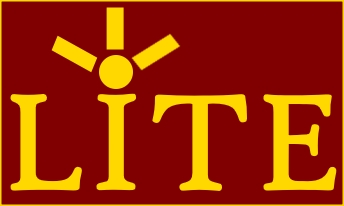Everything Leadership
Leadership Applications in the Workforce
The Everything Leadership program is for high school students (grades 9-12) who wish to develop a thorough understanding of universal leadership concepts. This program consists of 10 modules that reinforce what it means to be both a good leader and a good employee as well as a final exam and final project. If you are interested in having this program at your school, please contact us at info@liteusa.org or call 216-258-5514
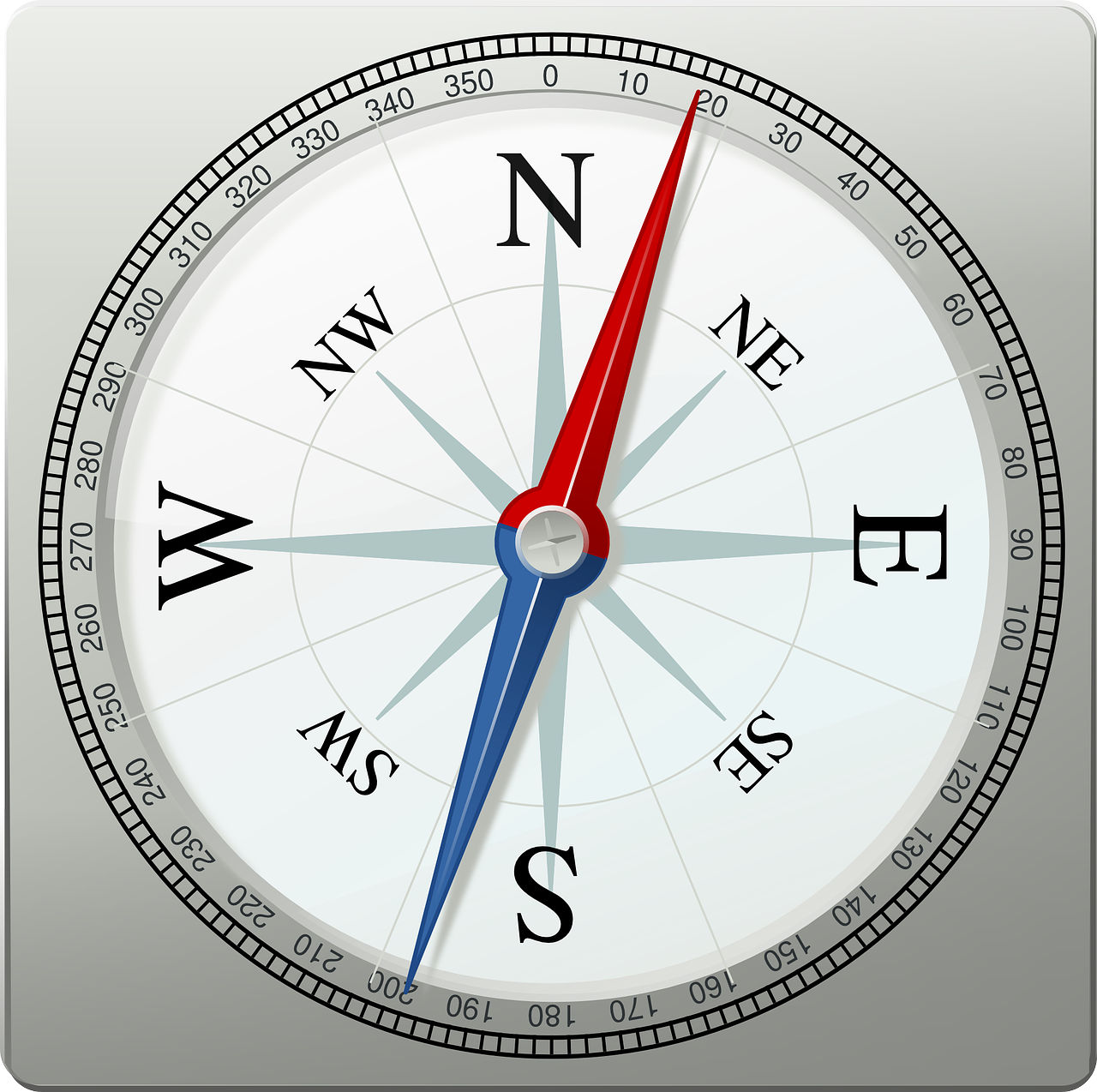
Module 1 – Purpose
Before you can lead other people, you must first learn how to lead yourself. This session on purpose helps students answer three important questions. 1) Where am I now? 2) Where do I want to go? and 3) How am I going to get there?
Learning Objectives
-
Recognize the first step in leadership is Self-Leadership
-
Identify their personal strengths and challenges
-
Perform a personal evaluation
-
Develop a personal vision
-
Set at least 1 SMART Goal to help them achieve their vision
Workforce Application
-
Before someone can lead others, they first must learn how to lead themselves. Only when someone can lead themselves can they be productive employees.
-
Understanding personal strengths and challenges helps when a prospective employee is interviewed, allows employees to utilize their strengths for their team, and promotes confidence to ask for help to overcome their challenges.
-
The Start Stop Continue evaluation tool helps employees think in terms of action steps to improve themselves, their team, and/or their situation.
-
A team works best when they understand the common vision and mission of an organization and can work toward that vision collaboratively.
-
Employees who understand SMART Goals can better measure their success and outcomes due to the improved specificity and detail of their objectives outlined in a SMART Goal.
Module 2 – Communication
Leaders must be able to communicate well. This session involves developing proper communication skills as well as listening skills. Students engage in a public speaking activity to help them develop confidence and better communication skills.
Learning Objectives
-
Understand the three parts to communication
-
Understand public speaking fundamentals
-
Participate in a public speaking activity
-
Analyze the message motivations
-
Identify listening barriers
-
Discuss listening tips
Workforce Application
-
Employees must be able to speak up regarding ideas, challenges, problem solving, and other work-related tasks. Employees in career fields who deal with the public must be able to communicate effectively with customers as the employee is directly providing customer experience.
-
Employees must learn how to overcome listening barriers to better understand what a manager, a customer, or other co-workers are saying. Many employees are responsible for addressing problems within the organization or helping a customer, in which active listening is imperative.
-
Employees who wish to move up in the company someday will need to demonstrate an ability to articulate a message effectively.

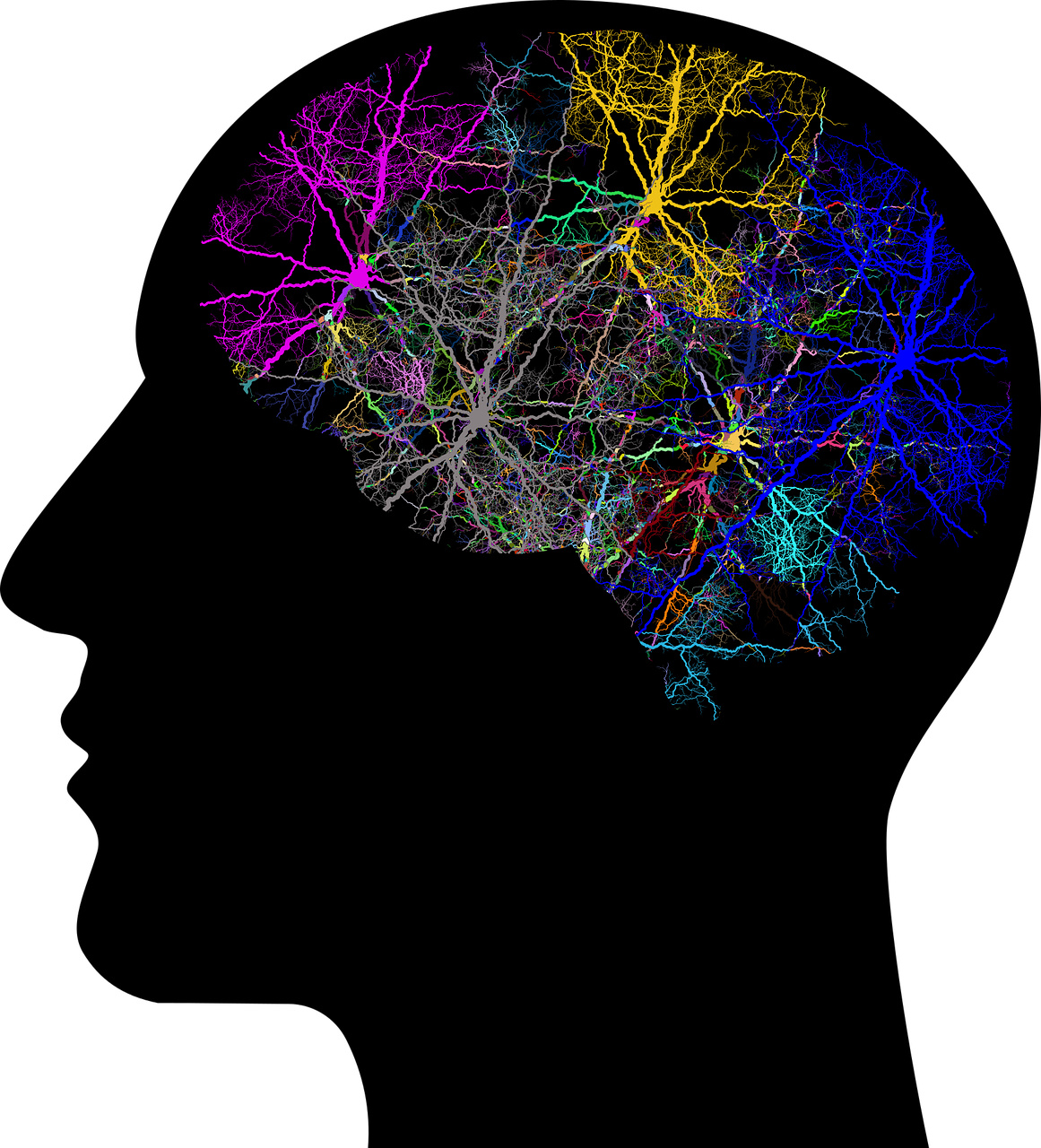
Module 3 – Emotional Intelligence Part 1 The Basics
Emotional Intelligence helps students develop the four components of Emotional Intelligence. Those components are 1) Self-Awareness, 2) Self-Management, 3) Social Awareness, and 4) Relationship Management.
Learning Objectives
-
Identify the basic brain anatomy in decision making
-
Participate in a values exercise
-
Understand the four components of emotional intelligence
Workforce Application
-
Emotional Intelligence is a core component for an employee’s ability to understand themselves and understand other people.
-
Self-awareness helps employees manage their own emotions and not let their emotions turn into negative behaviors. Being more self-aware, employees have better knowledge of themselves and can use that knowledge to be a better team member.
-
Self-management helps employees take responsibility for their behaviors with an internal locus of control. Concepts like adaptability, optimism, initiative, time management, mindfulness, and many more are the difference between an employee who just shows up and an employee who is ready to excel.
-
Social awareness improves employee perception of how other people are thinking, feeling, and behaving. People are very different. Understanding how to work with other people, to demonstrate empathy, and to pick up on social cues can lead to fewer misunderstandings between managers, co-workers, and/or customers. This allows for a positive company culture where greater awareness can lead to a greater understanding.
-
Relationship Management helps employees understand power dynamics in teams and groups as well as tips on conflict management, collaboration, a shared vision, and developing strengths in other people.
Module 4 – Emotional Intelligence Part 2 Deeper Dive
An important factor when developing someone’s self-management and relationship management skills is to understand the concept of engagement. Engagement in a job or task is much different than simply being satisfied in a job or task. This session focuses on engagement through three psychological factors. In addition, there are numerous ways to lead and various theories and styles to understand. Students will take a self-assessment about which leadership approach they prefer and participate in a game to help better understand the concepts.
Learning Objectives
-
Understand engagement components
-
Participate in the Cornell Engagement vs Satisfaction Assessment
-
Identify Leadership Styles
-
Play leadership styles game
Workforce Application
-
Engagement vs Satisfaction takes a greater look into whether an employee is truly passionate and focused about their work or if they are just going through the motions. Companies want employees who give their all, not just the satisfactory minimum. An engaged employee has greater growth potential than one who is simply satisfied.
-
Understanding the engagement components helps the employee understand why they may or may not be fully engaged due to psychological factors often not discussed.
-
Managers have different leadership styles or approaches. Employees who understand different leadership styles can adapt their followership to better work with their managers. This understanding influences employee retention.
-
Employees who become managers can reflect on the kind of leadership they wish to demonstrate with others.

![]()
Module 5 – Finding Solutions / Conflict Management
This session on finding solutions involves learning what is a problem and the steps to solving a problem as a team. Students engage in idea generating activities and acquire tips for managing interpersonal conflicts.
Learning Objectives
-
Understand John Dewey’s Problem-Solving Steps
-
Participate in a brainstorm/small group idea generating activity
-
Discuss conflict management basics
-
Identify the 5 Strategies to conflict management
Workforce Application
-
Employees who understand the strategy of problem solving can alleviate managers and team members by addressing those problems properly and ethically.
-
Employees who know how to participate in group problem solving tactics can help managers who are open-minded to ideas and suggestions. This promotes teamwork and improves productivity.
-
Employees who know why conflict exists and who develop strategies to address conflict can do a better job of navigating conflict in their own personal challenges with co-workers as well as provide guidance to others as to the best way to manage conflict and promote collaboration.
Module 6 – Ethics
Students work on understanding the theories of ethics. The session is not to tell students what to think but instead learn the various ethical theories that exist and how people who follow those theories will likely make decisions in leadership.
Learning Objectives
-
Identify ethical theories
-
Understand the Ethical-Effective Leadership Model
-
Engage in “ethical scenarios” and discuss how to lead in those scenarios and how might someone with a specific ethical theory lead
Workforce Application
-
Many people are effective, but without ethics, a company’s integrity and reputation could be tarnished due to unethical behavior by managers or employees. Employees who understand ethics and the ethics of others will likely lead themselves with a personal code of ethics and be a responsible employee.
-
Employees and managers alike make decisions for the organization. When making decisions, managing conflict, or solving problems, it is best to have employees who consider the ethical ramifications of the result.

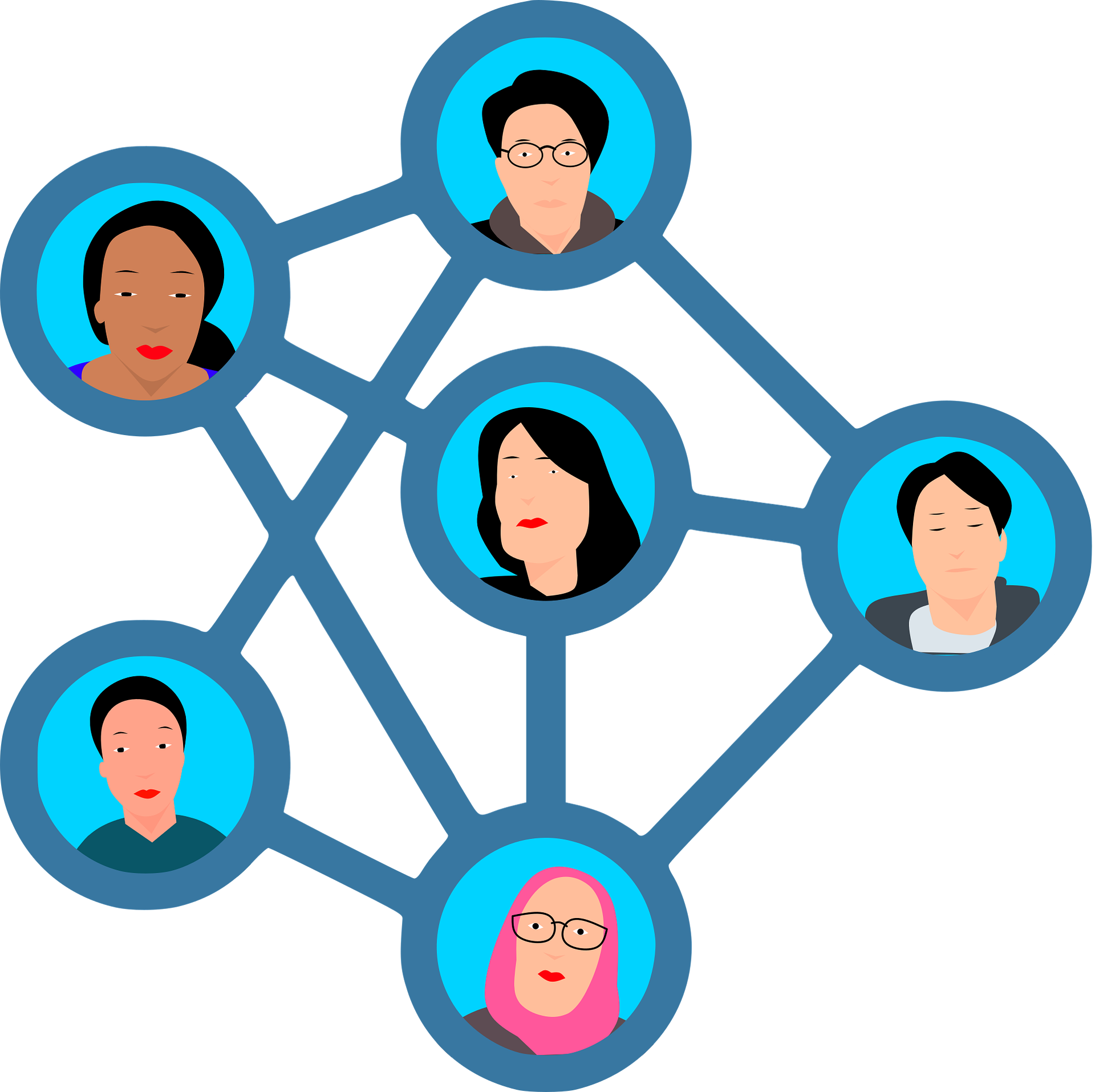
Module 7 – Team Development
The most expected concept for leaders to understand is how to positively lead others in a team. This team development session informs students of the various aspects of a team’s progress and how to properly adjust their leadership approach to the unique needs of their team. Students also are exposed to the concept of what it means to be a good follower.
Learning Objectives
-
Identify Bruce Tuckman’s 5 Stages of Team Development
-
Discuss how to lead in each stage of development through the 5Es
-
Understand to followership basics
Workforce Application
-
Most organizations function with other people. Knowing team dynamics and how to be a good team member is essential to developing and sustaining a positive corporate culture.
-
Learning the life cycle of a team shows the ups and downs of working in groups. Knowing why a team is thriving or struggling is the first step in being able to adapt our behaviors to help keep the team moving in a positive direction whether we are the leader or a follower.
Module 8 – Followership
Leadership and Followership are equally important. Although leadership is often more emphasized, no team can be successful if it does not contain good followers. What is the difference between a good follower and a blind follower? What types of followers are there?
Learning Objectives
-
Understand the difference of good followership and blind followership
-
Participate in the follower qualities exercise
-
Identify and participate in the Assessment of Team Roles
-
Understand Kellerman’s Followership Types
Workforce Application
-
Followership is just as – if not more important – than leadership. Employees who are good followers and not blind followers drive the organization.
-
Good Followers (good employees) demonstrate a commitment to the team’s success and engagement in their role. They proactively offer their strengths and talents for the benefit of the team. Followers create within the boundaries established by the leader.
-
No organization can function without good followers. Removing the stigma that followers are “bad” and instead are essential to a team changes the perspective toward a positive of what it means to be an astounding employee.

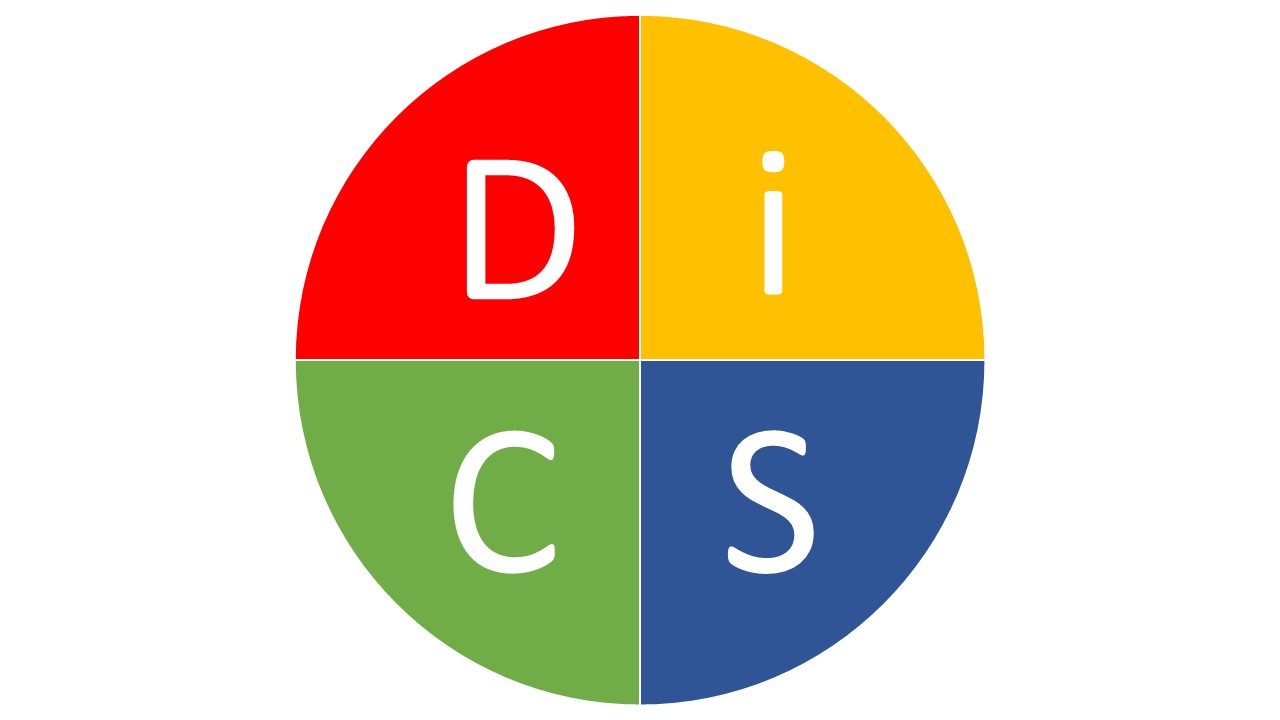
Module 9 – DiSC Behavioral Styles
Understanding differences are essential components for any team and leader’s success. This session focuses on students identifying their personal values as well as learning about behavioral differences. This session shares knowledge from William Moulton Marston’s DiSC Assessment.
Learning Objectives
-
Identify the DiSC Styles
-
Discuss how to work with different DiSC Styles
Workforce Application
-
Employees who understand what motivates, stresses, interests, or drains their energy can better lead themselves and work to be in situations where they are more comfortable and can perform better. This improves communication, collaboration, and productivity due to the social awareness created through this model.
-
Employees and managers who can identify a co-worker’s, manager’s, or customer’s behavioral style can approach them with better tact and consideration for how they prefer to receive information.
Module 10 - Creative Thinking
Students work on understanding appreciative inquiry and envisioning the best possible version of their school.
Learning Objectives
-
Understand Appreciative Inquiry
-
Identify the 4-D Cycle
-
Participate in the Envisioning the Possible Exercise
Workforce Application
-
Employees who understand the strategy behind creative thinking can help organizations think outside of the box and solve problems with innovation.
-
Employees who see the opportunity in a problem instead of a problem in every opportunity brings a positive outlook within an organization’s culture.
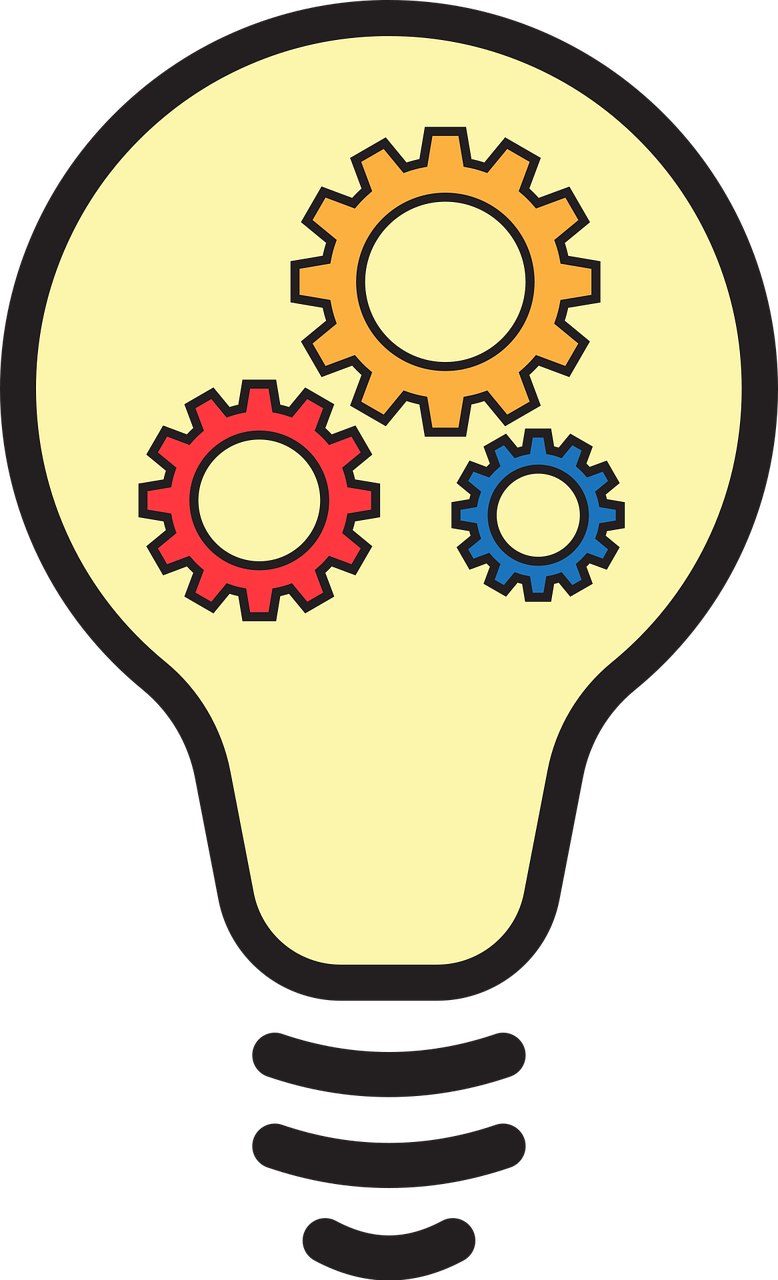

Final Exam
Students must complete a final exam with a 70% success.
Final Project
Students work on one of various potential leadership projects to demonstrate or explore learned leadership skills. A project guide will be included to help students with project ideas, planning, and execution.
Potential Project Concepts
-
Organize a service project for your school or community
Instruction: Student must organize an act of service with at least one other student, to help their school or community by volunteering, raising awareness on a topic important to them, or communicating a positive message.
-
Interview a leader in your community
Instruction: Student must identify a leader they look up to and interview them on the topic of leadership. Student will prepare interview questions and collect the responses from the community/school leader. Interviews can be conducted in-person, virtually, or on the phone.
-
Relate course content to a leader of choice in writing.
Instruction: Student must write a one-page paper about a leader they look up to and why. Choose any concepts learned from one or more of the course modules that apply to this leader.
-
Create a 1-2 minute video about a leadership concept on social media
